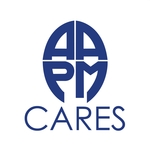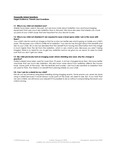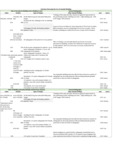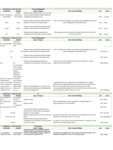Background/introduction
Recommendations to use gonadal shielding have been present for several decades and are found in guidance documents around the world. In 2019, the American Association of Physicists in Medicine (AAPM) published a Position Statement recommending discontinuation of the use of gonadal shielding.
To date, this statement has been endorsed by leading medical imaging and radiation safety organizations from across the globe.
Endorsing Organizations
American College of Radiology (ACR)
Australasian College of Physical Scientists & Engineers in Medicine (ACPSEM)
Canadian Association of Radiologists (CAR)
Canadian Organization...
Description of activity and work performed
Challenges
(1) Gonadal shielding is a deeply entrenched practice. Most patients have an expectation that shielding will be used. Most technologists continue to train in shielding techniques at schools today.
(2) State regulatory bodies enforce regulations mandating the use of gonadal shielding
Overcoming the challenges listed above is daunting unless a team is equipped with some of the knowledge and resources below. These information has been developed, or is currently under development, by CARES.
Clinical Implementation
The procedure to discontinue gonadal shielding will vary based...
Conclusion and recommendations
Discontinuing routine gonadal shielding has been successfully implemented in several pediatric and adult hospitals within the US. This effort has been recognized by major media entities ( Fig. 7 ). Education, support, and compassionate communication with staff, administrators, and patients is essential when altering this traditional practice.
Personal/organisational information
S. McKenney; Stanford, CA/US - nothing to disclose R. Marsh; Aurora, CO/US - nothing to disclose D. P. Frush; Durham, NC/US - nothing to disclose K. J. Strauss; Cincinnati, OH, OH/US - nothing to disclose B. Schueler; Rochester/US - nothing to disclose D. Gress; Reston/US - nothing to disclose C. McCollough; Rochester, MN/US - nothing to disclose
References
Please see Fig. 3 & Fig. 4 , for relevant references.
The most current resources may be found at:
https://www.aapm.org/CARES
References
Aramesh, M., Zanganeh, K. A., Dehdashtian, M., Malekian, A., & Fatahiasl, J. (2016). Evaluation of Radiation Dose Received by Premature Neonates Admitted to Neonatal Intensive Care Unit. Journal of Clinical Medicine Research, 9(2), 124–129. https://doi.org/10.14740/jocmr2796w
Brindhaban, A., & Khalifah, K. AL. (2005). Radiation Dose in Pelvic Imaging. RADIOLOGIC TECHNOLOGY, 32(1), 32–40. Retrieved from http://www.radiologictechnology.org/content/77/1/32.full.pdf
Chatterson, L. C., Leswick, D. A., Fladeland, D. A., Hunt,...





